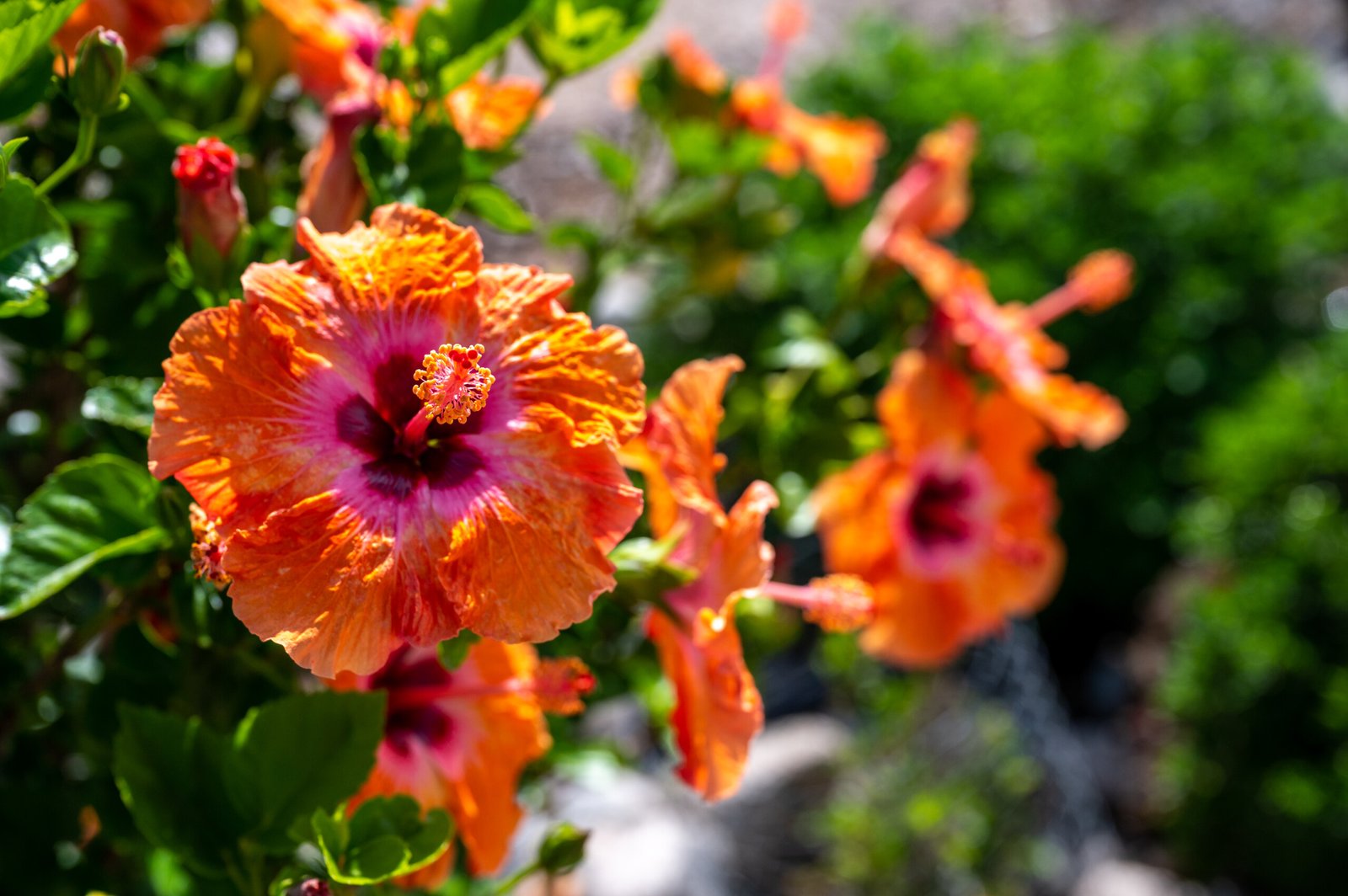Featured
5 Secrets to an Eco-Friendly Garden Oasis

Our awareness of how human activities impact weather patterns has increased significantly. Consequently, this awareness extends to understanding how these patterns influence smaller climate pockets within our surroundings, such as our gardens.
Microclimates are defined as the climate of a very small or restricted area, especially when it differs from the climate of the surrounding area. Conversely, macroclimates cover larger or broader patterns across cities, regions, or continents. Just like climate is shaped by factors such as sunlight, wind patterns, and bodies of water or heat islands, microclimates in your yard are influenced similarly.
Every element of a microclimate affects various areas of your yard. These factors must be considered meticulously when planning and planting. This leads us to a crucial question: what is the best location for growing each plant?
Wind: Understanding the wind speed in your area is vital. Determine if it is constant, seasonal, or specific to certain weather conditions. Plants or trees above four feet are vulnerable to strong winds. Wind can alter temperatures, causing freezing and potential damage to plants.
Moisture: Our region is arid and frequently experiences drought conditions with insufficient rainfall. Desert plants are adapted to efficiently use every drop of water. The soil in this area takes time to absorb moisture, and flash floods can occur during heavy rain. Cacti, which have fine veins, require less moisture and benefit more from hand-watering than system-watering. Currently, the ongoing monsoon season will last into next month.
Temperatures: Unlike places with four distinct seasons, our region has a predominantly hot and hotter climate. The desert is not affected by lake effects but is heavily influenced by aridity. The placement of rocks also adds a thermal element to the environment.
Elevation: Elevation impacts temperatures and drainage. Cacti, for instance, do not thrive in wet conditions. Ensuring proper drainage is essential to allow plants to dry out adequately. Maintaining a balance of moisture without overwatering is crucial.
Light: Assess whether a plant needs six hours of sunlight or prefers shade during the day. Light levels in different areas impact temperature changes, water retention, and the growing requirements of plants.
These factors are key in determining the microclimates within your yard. Consulting seed packet recommendations or conducting online research can provide additional insights for the longevity of your plants.
Harriet Phelps is a Pinal County Master Gardener.
This post 5 keys to a perfect garden, according to the environment appeared first on InMaricopa.


















